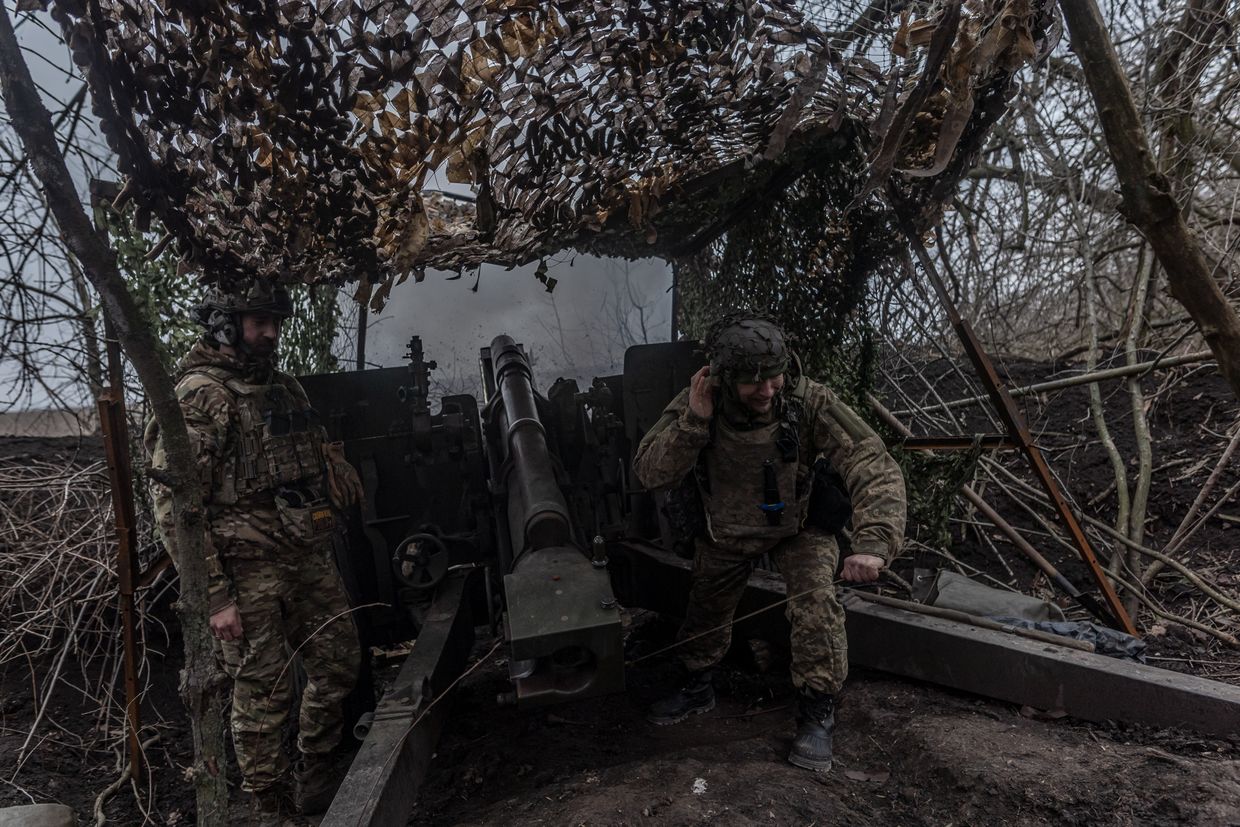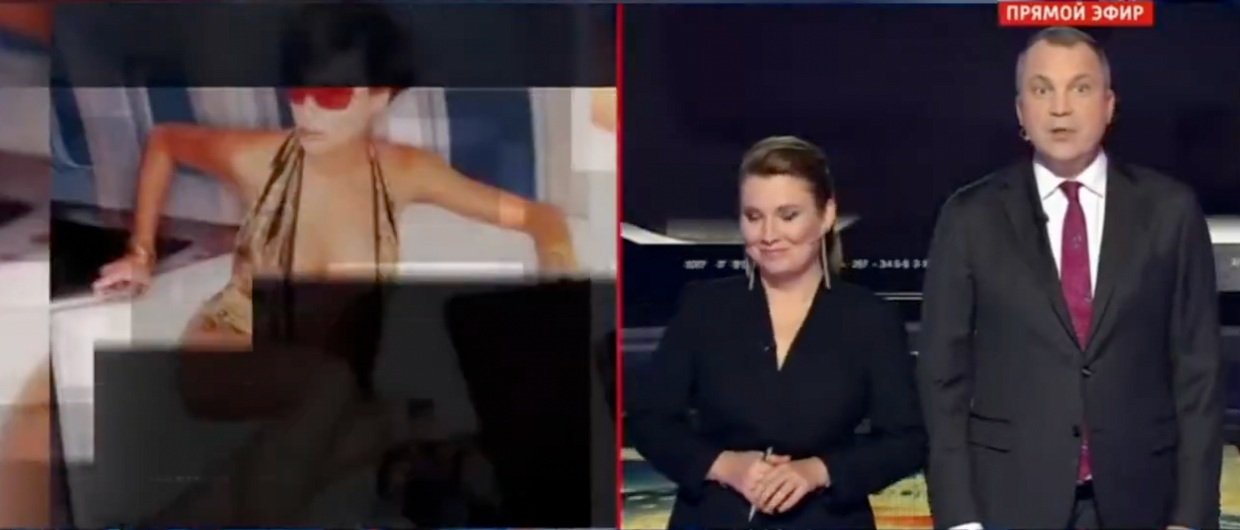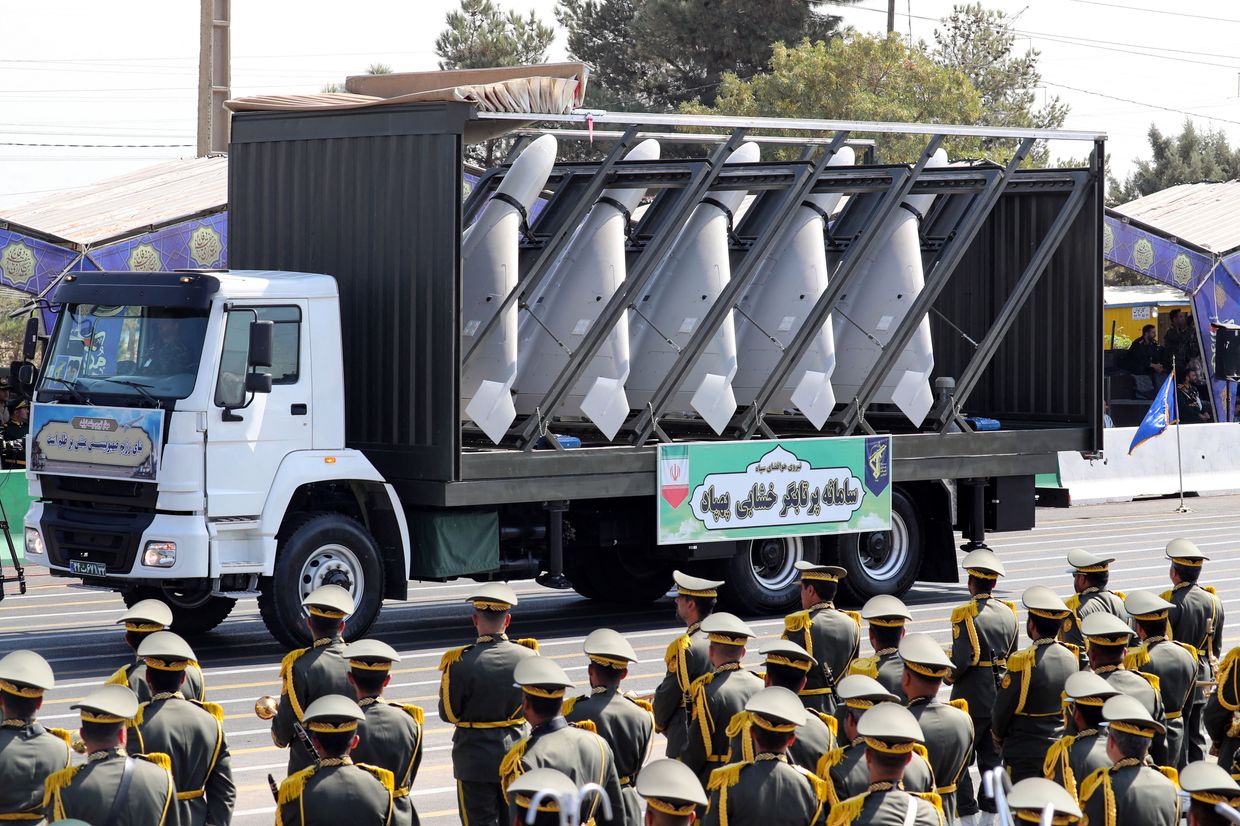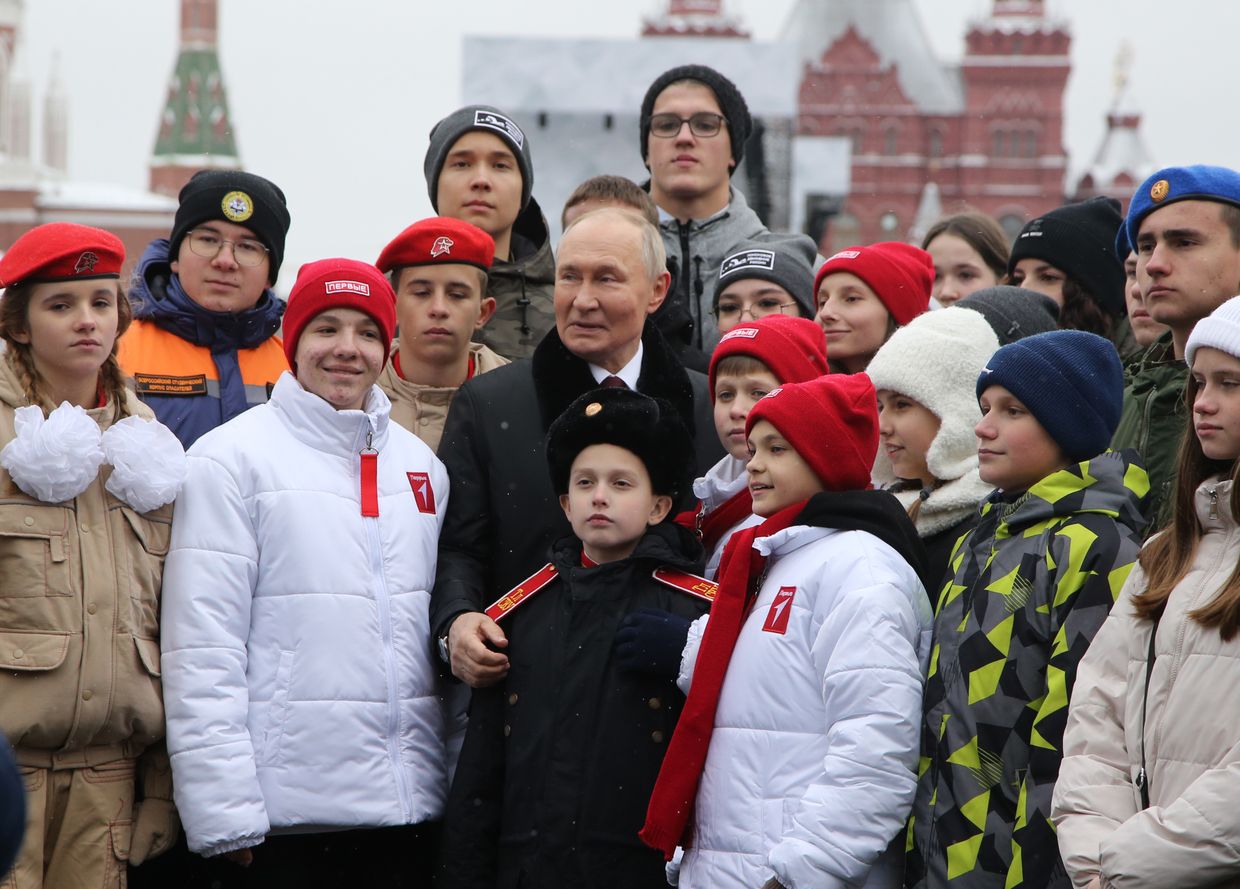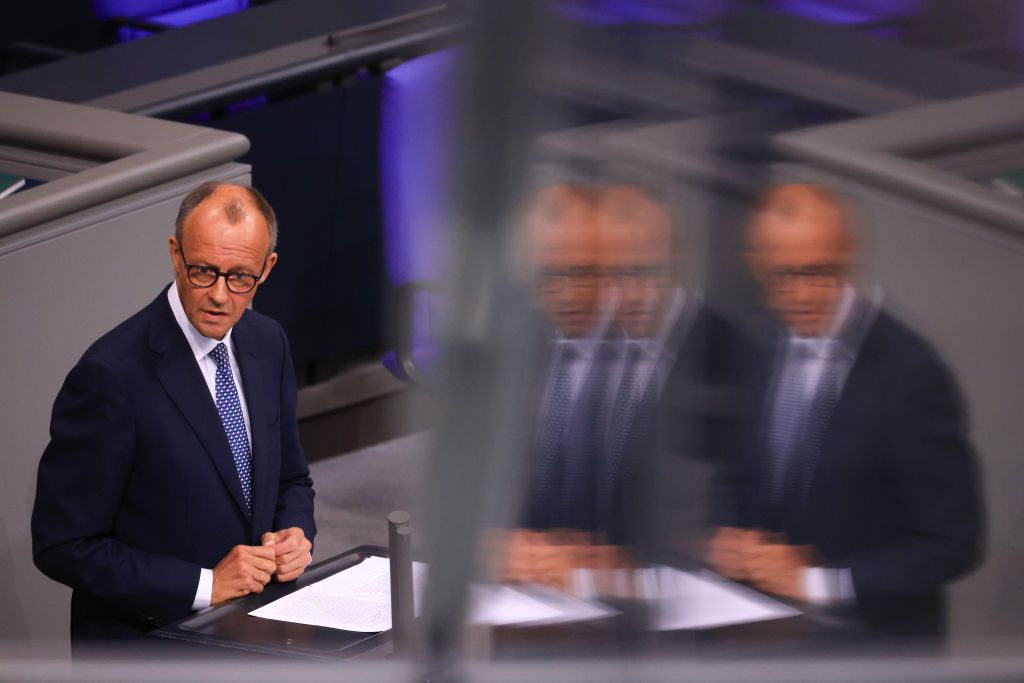The consumption of artillery shells since the beginning of 2024 is seven to one in Russia's favor, Lieutenant General Ivan Havryliuk, deputy defense minister, said in an article for Ukrinform published on March 18.
Ukraine faces an ongoing ammunition shortage, with the country being in dire need of shells and missiles.
Delays in U.S. military assistance, caused by disputes in Congress, have already had a direct impact on the battlefield, contributing to the loss of the key front-line city of Avdiivka. Several European countries joined a Czech-led initiative to procure 800,000 sorely needed artillery shells for Ukraine.
In fact, Moscow does not reduce the intensity of fire and expects that "they will have enough shells to dominate the battlefield for a long time," Havryliuk wrote.

"This firepower is provided not only by Russian factories. The North Korean regime is helping the Russians with weapons in significant quantities," the general said. "(Ukraine's) stocks of ammunition of certain nomenclatures are falling to a critical level."
Pyongyang has reportedly provided Moscow with at least 1 million shells, as well as short-range ballistic missiles and other weaponry. Russia has used around 50 North Korean missiles to attack six Ukrainian oblasts since the beginning of the all-out war, according to Kharkiv Oblast Prosecutor's Office.
Another factor that makes it difficult for the Ukrainian military to fulfill its tasks is Russia's superiority in combat aircraft, which "the long-awaited F-16 fighter jets are supposed to break," said the deputy minister.
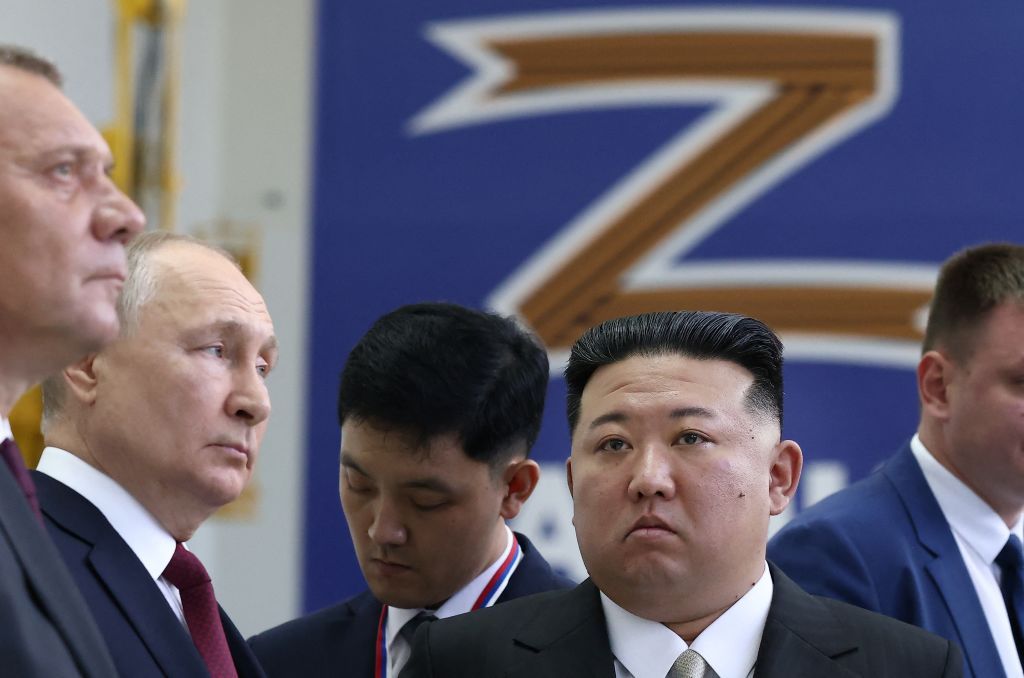
"Since the beginning of this year (in 77 days), enemy's aircraft have dropped more than 3,500 bombs on our positions, which is 16 times more than in 2023," Havryliuk said.
After a meeting with the military leadership on March 18, President Volodymyr Zelensky said that he had received data on ammunition consumptions and supplies. The procurement and production of equipment, weapons, and shells have also been discussed, according to him.
Russia is producing close to 250,000 artillery munitions monthly, or around 3 million per year, which is nearly three times as many artillery munitions as the U.S. and Europe can send to Ukraine, CNN reported on March 11, citing NATO intelligence estimates and unnamed sources familiar with the matter.



